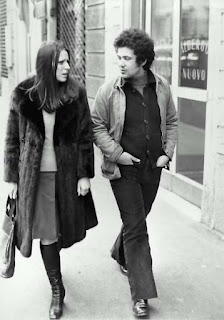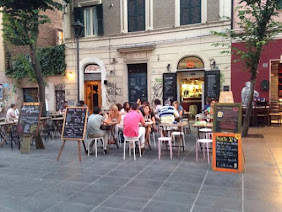Filippo Juvarra – architect
Baroque designer influenced the look of ‘royal Turin’
Architect and stage set designer Filippo Juvarra was born on this day in 1678 in Messina in Sicily. Some of his best work can be seen in Turin today as he worked for Victor Amadeus II of Savoy from 1714 onwards. The buildings Juvarra designed for Turin made him famous and he was subsequently invited to work in Portugal, Spain, London and Paris. Juvarra was born into a family of goldsmiths and engravers but moved to Rome in 1704 to study architecture with Carlo and Francesco Fontana. He was commissioned to design stage sets to begin with, but in 1706 he won a contest to design the new sacristy at St Peter’s Basilica. He then designed the small Antamoro Chapel for the church of San Girolamo della Carità with his friend, the French sculptor, Pierre Le Gros. He was later to design the main altar for the Duomo in Bergamo in Lombardy. One of his masterpieces was the Basilica of Superga, built in 1731 on a mountain overlooking the city of Turin, which later became a mausoleum for the Savoy family. It was said to have taken 14 years to flatten the mountain top. Read more…
_______________________________________
Alessandro Manzoni – novelist
Writer who produced the greatest novel in Italian literature
Italy’s most famous novelist, Alessandro Manzoni, was born on this day in 1785 in Milan. Manzoni was the author of I promessi sposi (The Betrothed), the first novel to be written in modern Italian, a language that could be understood by everyone. The novel caused a sensation when it was first published in 1825. It looked at Italian history through the eyes of the ordinary citizen and sparked pro-unification feelings in many Italians who read it, becoming a symbol of the Risorgimento movement. I promessi sposi is now considered to be the most important novel in Italian literature and is still required reading for many Italian schoolchildren. Manzoni spent a lot of his childhood in Lecco, on Lago di Lecco, where his father’s family originated, and he chose to set his great work there. Lago di Lecco is an arm of Lago di Como and is surrounded by dramatic mountain scenery that is so stunning it is said to have inspired Leonardo da Vinci for settings for his paintings. More than two centuries later, fans of Manzoni’s novel continue to visit Lecco to see the places he described and the buildings featured in the book that remain. Read more…
______________________________________
Baldassare Peruzzi - architect and painter
Pupil of Bramante who left mark on Rome
The architect and painter Baldassare Peruzzi, who trained under Donato Bramante and was a contemporary of Raphael, was born on this day in 1481 in a small town near Siena. Peruzzi worked in his home city and in Rome, where he spent many years as one of the architects of the St Peter’s Basilica project but where he was also responsible for two outstanding buildings in his own right - the Villa Farnesina and the Palazzo Massimo alle Colonne. The Villa Farnesina, a summer house commissioned by the Sienese banker Agostino Chigi in the Trastevere district, is unusual for its U-shaped floor plan, with a five-bay loggia between the arms. Raphael and Sebastiano del Piombo were among those who helped decorate the villa with frescoes, but Peruzzi is acknowledged as the chief designer, possibly aided by Giuliano da Sangallo. Some of the frescoed paintings on the walls of the interior rooms are also by Peruzzi. One example is the Sala delle Prospettive, in which the walls are painted to create the illusion of standing in an open-air terrace, lined by pillars, looking out over a continuous landscape. Read more…
_________________________________________
Saint Thomas Aquinas - philosopher
Theologian who synthesised Aristotle’s ideas with principles of Christianity
Saint Thomas Aquinas, known in Italian as Tommaso d’Aquino, died on this day in 1274 at Fossanova near Terracina in Lazio. A Dominican friar who became a respected theologian and philosopher, D’Aquino was canonised in 1323, less than 50 years after his death. He was responsible for two masterpieces of theology, Summa theologiae and Summa contra gentiles. The first sought to explain the Christian faith to students setting out to study theology, the second to explain the Christian faith and defend it in the face of hostile attacks. As a poet, D'Aquino wrote some of the most beautiful hymns in the church’s liturgy, which are still sung today. D’Aquino is recognised by the Roman Catholic Church as its foremost philosopher and theologian and he had a considerable influence on the development of Western thought and ideas. His commentaries on Scripture and on Aristotle are an important part of his legacy and he is still regarded as the model teacher for those studying for the priesthood. D’Aquino was born in Roccasecca in the province of Frosinone in about 1225 in the castle owned by his father, who was Count of Aquino. Read more…



.jpg)


.jpg)


.jpg)

.jpg)


_in_1968.jpg)


